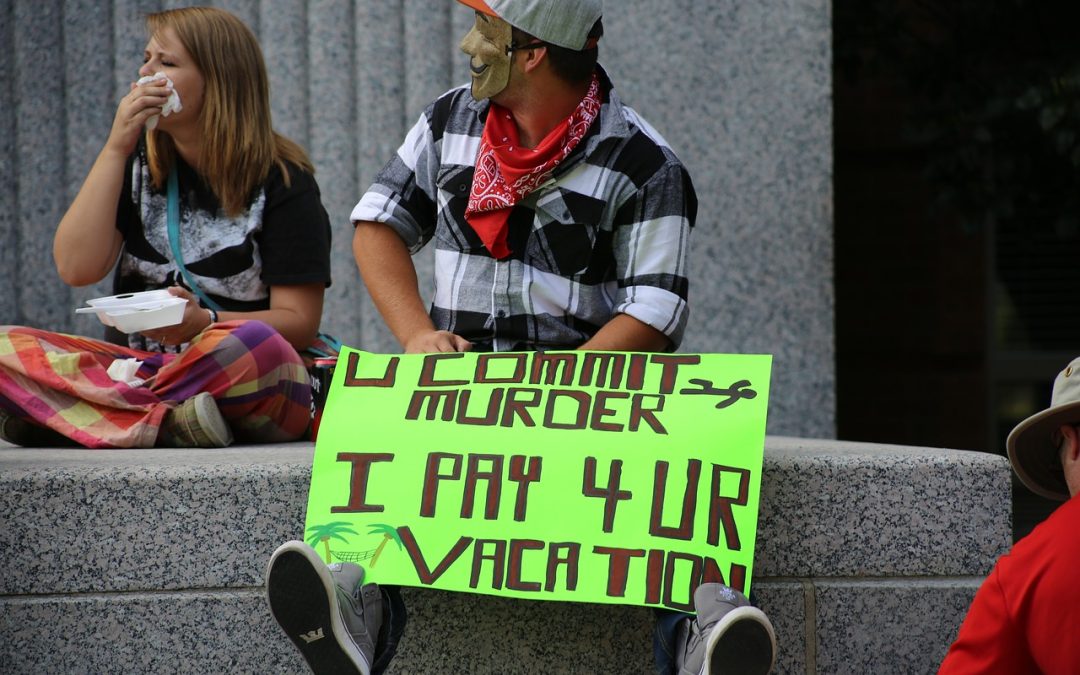Potential Future Trends in Art Restitution
Art restitution is an ongoing issue in the art world, and the recent return of a painting looted from Jacques Goudstikker’s collection during World War II highlights the importance of uncovering the provenance of artworks. This case, along with others involving Goudstikker’s surviving relatives, sheds light on potential future trends in art restitution.
Increased Focus on Provenance Research
The return of the painting attributed to Cornelis van Haarlem was made possible due to the diligent research conducted by museum officials at Musée Rolin. They discovered a label with Goudstikker’s surname on the back frame, raising concerns about its ownership history. This highlights the need for museums and collectors to prioritize in-depth provenance research when acquiring artworks.
In the future, it is likely that there will be an increased focus on provenance research, both by museums and private collectors. Technology, such as artificial intelligence and blockchain, may play a significant role in facilitating more efficient and accurate tracking of an artwork’s ownership history.
Heightened Awareness and Public Pressure
The Goudstikker Art Research Project’s efforts to seek the return of 800 remaining illegally exported works have garnered public attention. As more stories emerge about looted artworks and their rightful owners, there will likely be a heightened awareness of the importance of art restitution.
This increased awareness may lead to public pressure on museums, governments, and private collectors to be more proactive in returning artworks with questionable provenance. Social media campaigns, public protests, and media coverage can all contribute to this pressure, potentially resulting in a shift towards greater restitution efforts.
Legal Challenges and Rulings
Legal battles surrounding art restitution cases, like the one between Marei von Saher and the Norton Simon Museum, are likely to continue in the future. While von Saher’s appeal to the U.S. Supreme Court was unsuccessful, these high-profile cases highlight the complexities of legal battles over looted artworks.
Future trends in legal challenges and rulings may involve governments and institutions revisiting their previous decisions and adopting a more sympathetic stance towards restitution claims. This might be influenced by changing societal attitudes and growing recognition of the moral imperative to return artworks to their rightful owners.
Recommendations for the Industry
As the issue of art restitution continues to evolve, it is crucial for the art industry to take proactive measures. Here are some recommendations for museums, collectors, and governments:
- Transparency: Museums and collectors should strive for transparency in their acquisitions and display of artworks. This includes thorough provenance research and publicly accessible information about an artwork’s ownership history.
- Collaboration: Governments, museums, and private collectors should collaborate more closely with organizations dedicated to art restitution, such as the Goudstikker Art Research Project. This collaboration can facilitate the return of more looted artworks.
- Education and Awareness: The art industry should invest in educating professionals and the public about the significance of provenance research and art restitution. Increased awareness can lead to a cultural shift that prioritizes returning looted artworks.
- Legislative Reform: Governments should consider legislative reforms that make it easier for claimants to pursue art restitution cases. This can include extending statutes of limitations or creating specialized tribunals to handle such claims efficiently.
Implementing these recommendations can contribute to a more ethical and responsible art industry that recognizes and rectifies historical injustices related to looted artworks.
Conclusion
The return of the Cornelis van Haarlem painting looted from Jacques Goudstikker’s collection serves as a reminder of the ongoing challenges of art restitution. As the art industry moves forward, embracing increased provenance research, heightened awareness, legal battles, and collaborative efforts can lead to a future where looted artworks are rightfully returned to their owners. It is essential for museums, collectors, and governments to take a proactive approach in ensuring justice in the art world.
References:
– [Insert reference 1]
– [Insert reference 2]
– [Insert reference 3]
